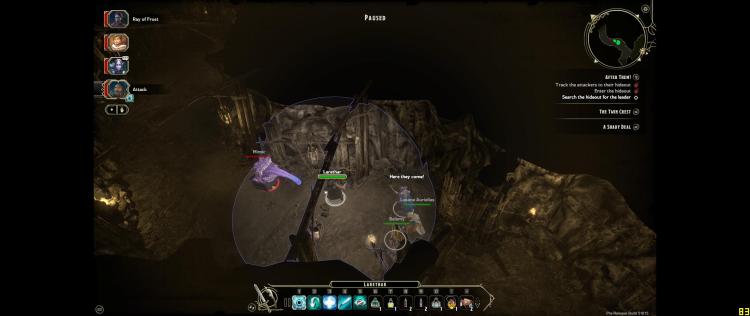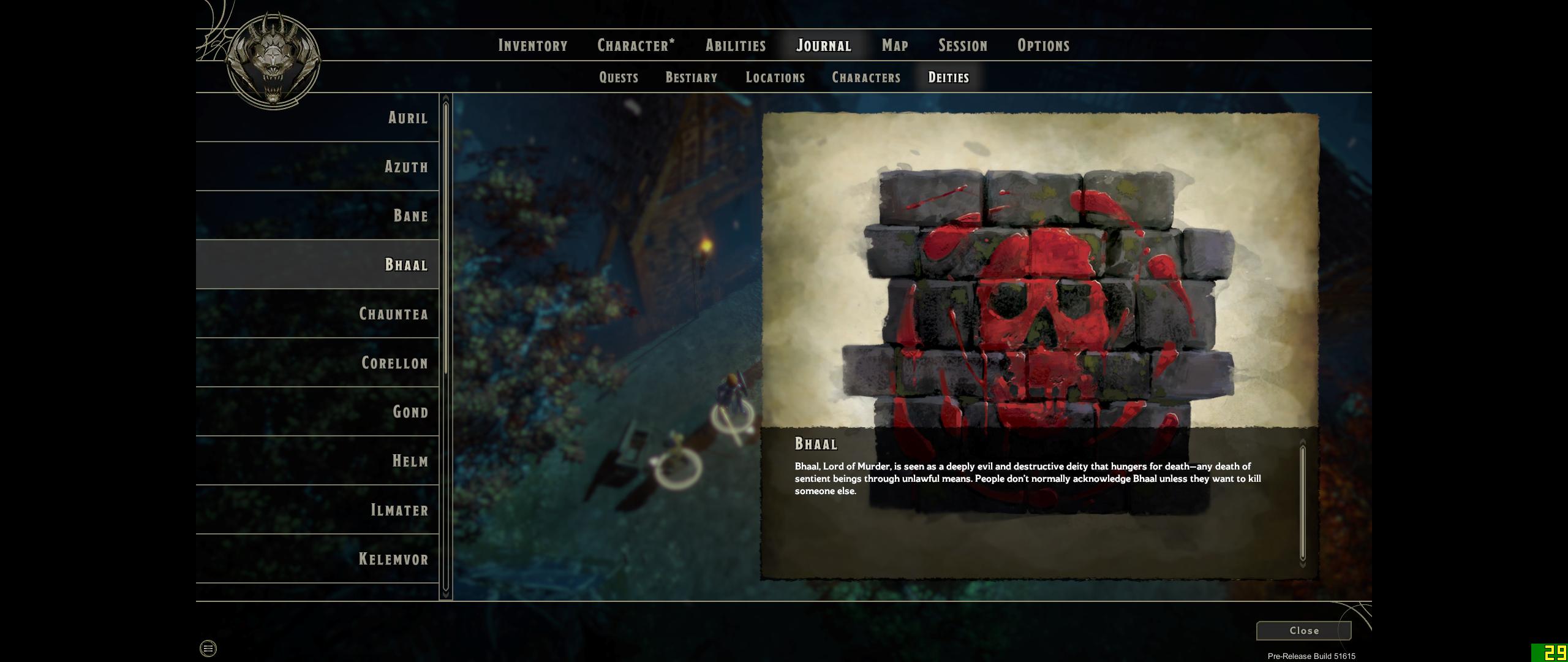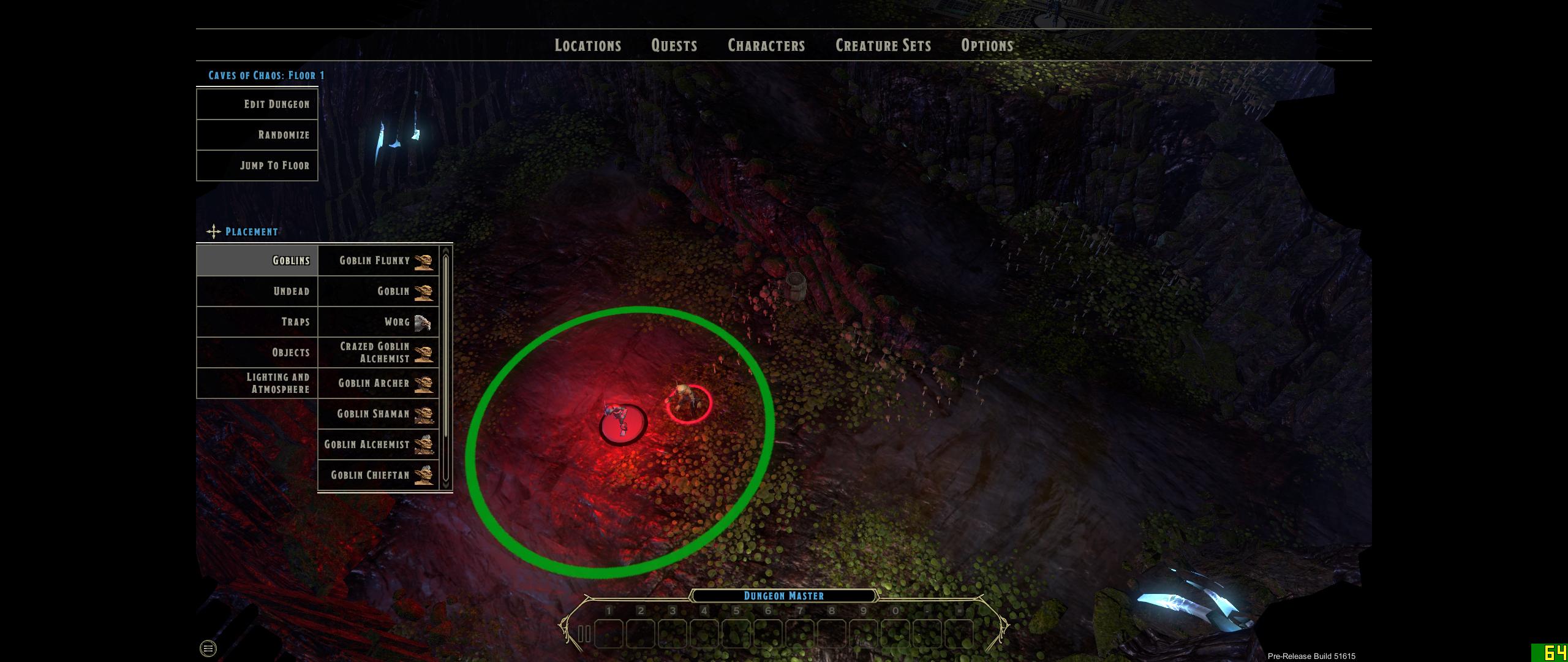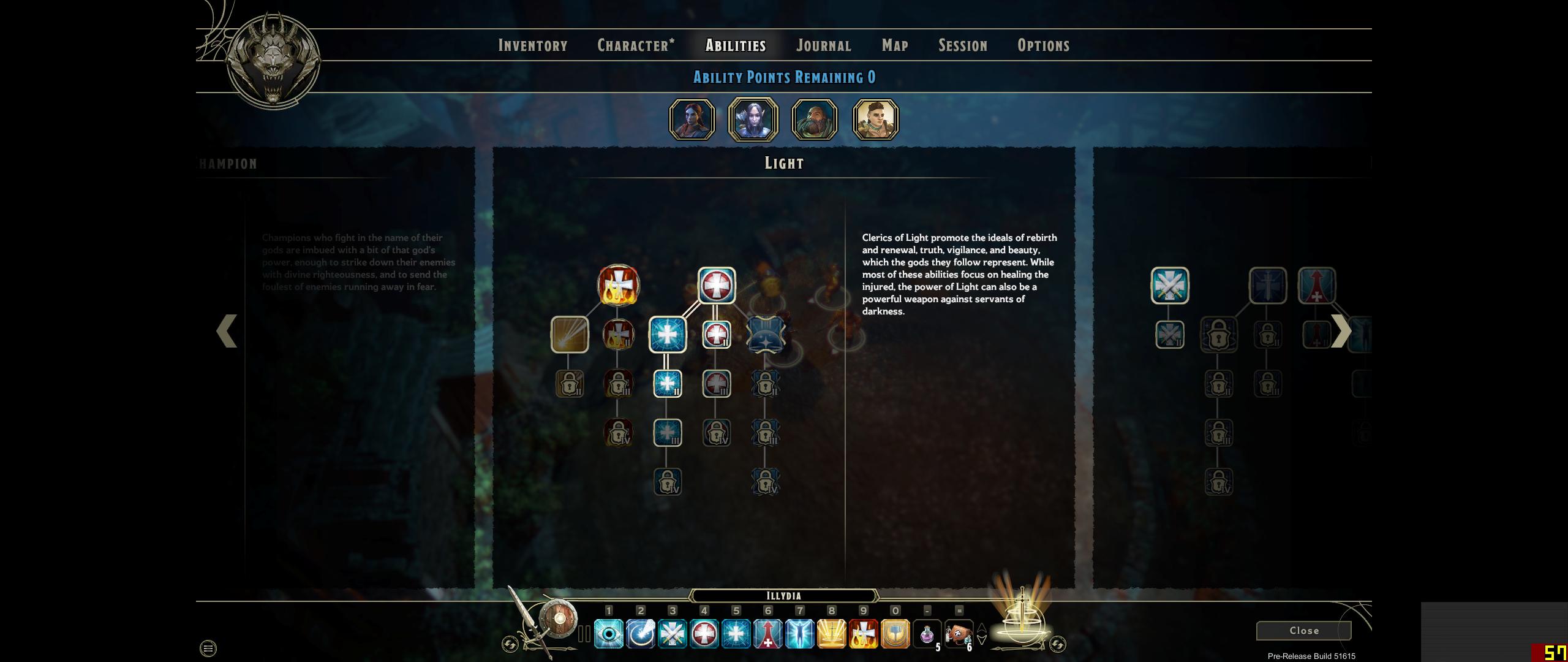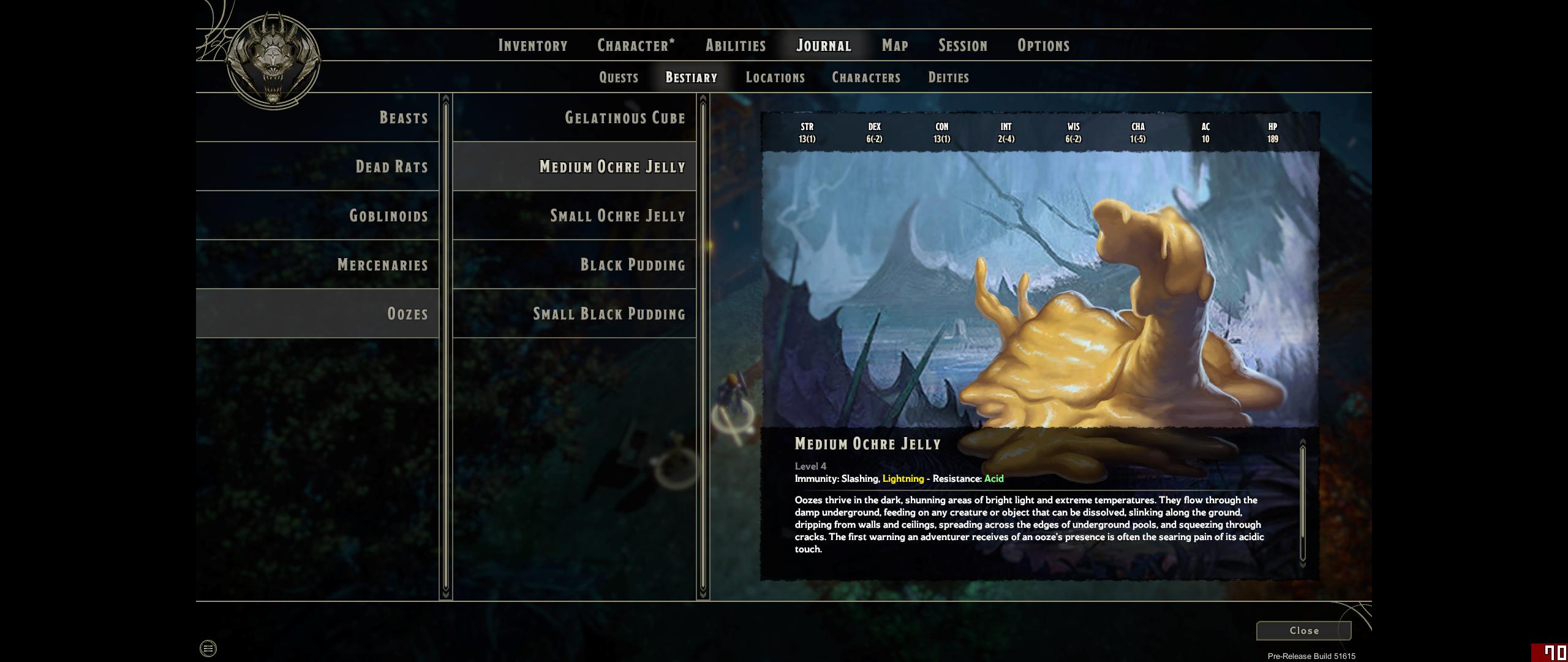Well met, Dungeons & Dragons. It’s been too long.
Sword Coast Legends holds a special place in D&D computer gaming — it’s the franchise’s first single-player role-playing experience on PCs (and soon, PlayStation 4 and Xbox One) since 2008. That’s the largest video game gap in the landmark game’s history.
And this take, set in the beloved Forgotten Realms and tying into the setting’s lore and D&D‘s latest storyline, show a deft handling of an overarching narrative that ties the tabletop product together with this game, the Neverwinter massively multiplayer online-RPG, and an extensive line of novels.
But this isn’t last generation’s D&D.
Gone are spell slots and other handling of abilities, replaced with a skill tree-like system that feels more like playing an action-RPG than a tabletop game at times. Fourteen hours in, a loving treatment of the Forgotten Realms paired with story that’s weaving in new groups and old names is enough to overcome my unease over mechanics.
What you’ll like
Among the best game treatments of the Forgotten Realms
When Sword Coast Legends opens and starts talking about the Time of Troubles, when the gods walked Faerûn (the world of the Forgotten Realms), instead of the Spellplague (another cataclysm, though one players never embraced in the same manner as the earlier disaster), I smiled. Referencing a special time in the Realms’ development in your prologue shows me that developers N-Space and Digital Extremes not just get the setting but also which parts captivate fans.
Faerûn’s history weaves through the characters. You’re a member of The Burning Dawn, a guild dedicated with finding a fallen Moontear, a relic from the Time of Troubles. An order of knights dedicated to Helm, the god of guardians (and himself recently resurrected after dying a century before in the Spellplague), thinks the group and its members have fallen under the influence of demons (note how the current storyline in D&D is “Rage of Demons”), and they’re killing Dawners. You kick off Sword Coast Legends trying to figure out why these Helmites want you dead.
Another party member, the necromancer Hommet Shaw, turns out to have ties to the Harpells of Longsaddle … and is under exile for even being too weird for this eccentric group of mages. (Mind you, this is a clan that embraces having werewolves in the area and trying to help them because of long-lost family ties.) I haven’t learned yet what he’s done that’s so bad that even the Harpells didn’t want him anymore, but I bet he made one doozy of a mistake.
This love of Realmslore is everywhere — the world map design is right out of the books, monsters match with their 5th edition Monster Manual incarnations, and we even get further confirmation that long-dead gods (like Bhaal) are indeed back.
A sense of humor
Laughs have always been a part of the Realms — any reading of creator Ed Greenwood’s Elminster novels shows this — and N-Space and Digital Extremes do just as good a job of capturing this whimsy.
Shaw has taken on the comic relief role of Minsc, the fan-favorite berserker from the Baldur’s Gate games who talked to his miniature giant space hamster, Boo, and quipped such lines as “Butt-kicking! For goodness!” Besides his ridiculous situation with the Harpells, Shaw provides most of the party’s funny moments. The necromancer notes how a previous master, a mage the party must locate, may have the information they need in his library because he writes down everything — including the observation that he writes down everything.
Dungeon Master tools that aren’t intimidating
The main achievement of the Neverwinter Nights series is that it delivered a toolset that enabled players to create their own adventures — one so expansive that some even crafted persistent worlds on servers that mimicked MMOs. But you almost needed knowledge of the C++ programming language in order to work with these tools.
Sword Coast Legends approaches DIY dungeon design as a “digital box set” from two angles. You can set up a multiplayer game within the main story and have one person take on the DM role, handling the monsters and other foes as the party hurtles down the plotline and its various side-quests. Or you can make your own adventures.
I tinkered with this, trying to re-create the Caves of Chaos from one of the best-known D&D adventures of all time: The Keep on the Borderlands. I wasn’t able to reproduce it hex-for-hex, but I was able to use the map I was working in to add groups of monsters (the tools allow you to add encounters based on families of foes) and plop in reasonable facsimiles of the terrors inhabiting the Caves of Chaos. I look forward to exploring deeper into this toolset after launch.
What you won’t like
World of Warcraft-like ability trees
Your skills feel like D&D, but they look like an action-RPG.
Instead of leveling up and selecting abilities from lists of feats and spells, you have groupings of abilities that mimic how D&D works. Take a mage — you have a group of transmutation spells, but this by no means mimics the school of spells by the same name. The same goes for a cleric’s healing abilities — your heals get stronger, and you get party-wide heals early on as well. But you don’t get that vast list of magics to choose from.
Video game designers must make concessions when adapting tabletop system to the digital realm, and this does have some advantages. All of these skills and spells are on cooldowns, so to heal, you just wait until the power reactivates and use it again. You don’t need to rest to regain spells and health.
But does this feel like D&D? Some may doubt so.
A resource hog
I experienced significant slowdown with my machine whenever I tabbed out of Sword Coast Legends within Steam. When I checked at the resources it was using, it was closing in on 30 percent. I also had Google’s Chrome web browser running along with Steam and a screen-capture program, which I don’t consider to be too taxing.
An update yesterday helped a great deal — the resource usage was down to a little more than 10 percent — and I hope this is how it runs going forward.
Conclusion
It’s nice to be playing a new D&D game on my computer again.
Sword Coast Legends, at this point, is proving to be a challenge with a story that’s keeping my interest, touching on some of my favorites parts of Forgotten Realms lore. I’m enjoying leveling up my characters and outfitting them with the gear and loot I find in dungeons. I especially enjoy how it’s linking its story to events that originated long before the misbegotten Spellplague and are happening now in D&D’s “Rage of Demons” event.
I just hope the designers at N-Space and Digital Extremes can carry this expertise in Realmslore through to the story’s conclusion.
Score: 65/100
Sword Coast Legends comes out October 20 for PC, Mac, and Linux and a yet-to-be-disclosed date for PlayStation 4 and Xbox One. The publisher provided GamesBeat with a PC code for the purposes of this review.
VentureBeat's mission is to be a digital town square for technical decision-makers to gain knowledge about transformative enterprise technology and transact. Learn More
